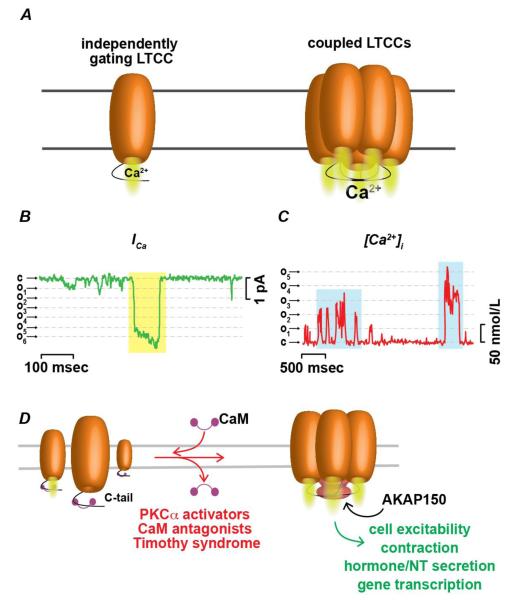Figure 2. Mechanisms leading to coupled gating between physically interacting LTCCs.
A Cartoon showing Ca2+ influx via independently gating LTCC (left) and Ca2+ influx via multiple physically coupled channels opening and closing in synchrony. B Representative single and coupled (yellow highlight) LTCC current record during step depolarization from −80mV to −30 mV. Dashed lines show amplitude of quantal levels. C Representative [Ca2+]i trace showing single and coupled (blue highlights) Ca2+ influx events. (B and C redrawn from [37]) D Proposed mechanism of coupled gating between LTCCs. In this model, calmodulin (CaM) binding of LTCC carboxy (COOH) termini prevents interaction between neighboring channels. Dissociation of CaM from LTCCs facilitates physical interaction between C-termini via association with the scaffolding protein AKAP150. Coupling is promoted pharmacologically by CaM antagonists, activators of PKCα, and during pathological conditions of timothy syndrome and hypertension. Coupled gating of LTCCs may represent a ubiquitous physiological and pathological mechanism mediating local amplification of Ca2+ influx across excitable cells potentially contributing to fine control of excitability, contractility, secretory and transcriptional pathways.

